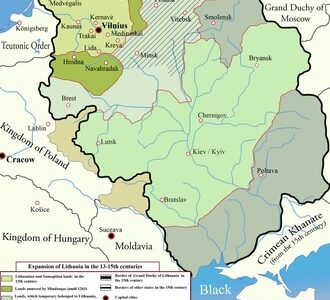
Zoroastrianism
In the Middle East, Zoroastrianism is found in central Iran. Today, there are estimated to be under 20,000 Zoroastrians in Iran. It is one of the oldest monotheistic religions as it was founded 3,500 years ago. It was also one of the most powerful religions in the world for about 1,000 years. Now, however, it is considered one of the smallest religions with only 190,000 followers worldwide. There are two deities: Azhura Mazda, who fights for a person’s goodness, and Ahriman, who fights for a person’s evil. It is ultimately up to the individual to decide which deity they will follow. Zoroastreans follow the Avesta which is their primary sacred text.
The religious philosophy of Zoroaster divided the early Iranian gods. The most important texts of the religion are those of the Avesta. In Zoroastrianism, the creator Ahura Mazda, through the Spenta Mainyu (Good Spirit, “Bounteous Immortals”) is an all-good “father” of Asha (Truth, “order, justice,”) in opposition to Druj (“falsehood, deceit”) and no evil originates from “him.” “He” and his works are evident to humanity through the six primary Amesha Spentas and the host of other Yazatas, through whom worship of Mazda is ultimately directed.
Zoroastrianism has no major theological divisions, though it is not uniform; modern-era influences having a significant impact on individual and local beliefs, practices, values and vocabulary, sometimes merging with tradition and in other cases displacing it. In Zoroastrianism, the purpose in life is to “be among those who renew the world . . . to make the world progress towards perfection.” Its basic maxims include:
- Humata, Hukhta, Huvarshta, which mean: Good Thoughts, Good Words, Good Deeds.
- There is only one path and that is the path of Truth.
- Do the right thing because it is the right thing to do, and then all beneficial rewards will come to you also.
The most important texts of the religion are those of the Avesta, which includes the writings of Zoroaster known as the Gathas, enigmatic poems that define the religion’s precepts, and the Yasna, the scripture. The full name by which Zoroaster addressed the deity is: Ahura, The Lord Creator, and Mazda, Supremely Wise. He proclaimed that there is only one God, the singularly creative and sustaining force of the Universe. He also stated that human beings are given a right of choice, and because of cause and effect, they are also responsible for the consequences of their choices. Zoroaster’s teachings focused on responsibility, and did not introduce a devil, per se. The contesting force to Ahura Mazda was called Angra Mainyu, or angry spirit. Post-Zoroastrian scripture introduced the concept of Ahriman, the Devil, which was effectively a personification of Angra Mainyu.
Practices
The religion states that active participation in life through good deeds is necessary to ensure happiness and to keep chaos at bay. This active participation is a central element in Zoroaster’s concept of free will, and Zoroastrianism rejects all forms of monasticism. Ahura Mazda will ultimately prevail over the evil Angra Mainyu or Ahriman, at which point the universe will undergo a cosmic renovation and time will end. In the final renovation, all of creation—even the souls of the dead that were initially banished to “darkness”—will be reunited in Ahura Mazda, returning to life in the undead form.
Zoroastrianism
513 – 014
https://discerning-Islam.org
Last Update: 04/2021




